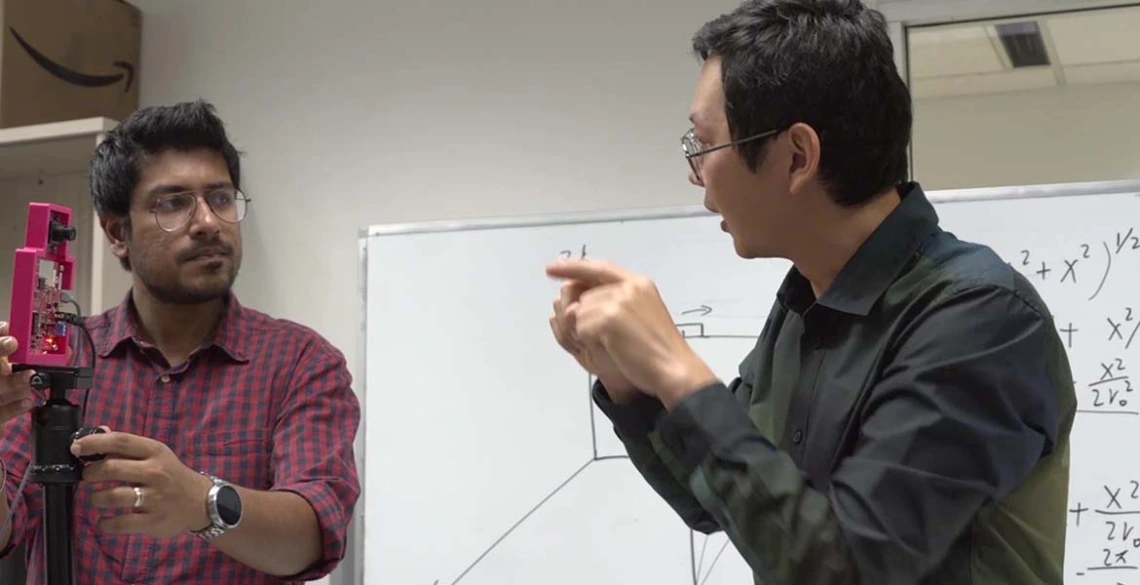ECE Professor Wins NIH Trailblazer Award for Using Radar to Prevent Falls

No description provided
More than 20,000 U.S. adults over 65 die as a result of falls every year, according to the Centers for Disease Control and Prevention – and that number is increasing. Electrical and computer engineering assistant professor Siyang Cao is working with a precise form of radar to help lower that number and better understand who is at risk of these deadly accidents.
For his work, the National Institutes of Health recently granted Cao a Trailblazer Award, which provides new and early-stage scientists funding for research at the crossroads of life sciences and engineering.
“The award will support our research group to work with biomedical experts to further explore the feasibility of using mmWave radar technology on falling detection and fall risk analysis,” said Cao. “One of my relatives was in her late stage of disease. She had walkers and someone caring for her, but still she fell to the floor without being noticed by anyone for hours. This motivated me to think if technology can do something to improve quality of life in a way people can accept.”
Prior to joining the University of Arizona, Cao worked as a radar systems engineer. During this time, he saw the performance of mmWave radar significantly improve while also becoming more cost-effective. This special type of radar allows researchers to capture multiple points of focus, such as human limbs or torsos.
“Therefore, we started to work on using mmWave radar to detect human behaviors since 2017. We should be the first group using mmWave radar with advanced machine learning techniques to detect human behaviors in real time,” Cao said.
The award funds a three-year, $580,000 study to understand three questions: How well can the mmWave radar estimate fall risks for people? How well can the mmWave radar determine falling? And how well can senior citizens with falling risks accept the new technology?
“Radar technology is important in many scientific endeavors such as weather, space and military applications,” said ECE professor and Associate Dean of Faculty Affairs and Inclusion Kathleen Melde. “This award is important in that it requires Dr. Cao to work with health care practitioners to refine the system to be adopted and used by patients.”
Cao worked with medical professors and geriatric specialists Dr. Mindy Fain and Dr. Melvin Hector, as well as Nima Toosizadeh and Jennifer Barton on the project proposal. Toosizadeh and Barton are biomedical engineers with expertise in geriatric medicine and medical imaging, respectively. The study will be conducted in collaboration with the BIO5 Institute, the Arizona Center on Aging, and local nursing care facilities.
"We are excited about Dr. Cao's vision in this work and his ability to apply radar techniques beyond the automatic driving industry to health care," Melde said. "Dr. Cao has been a leader in applying radar and imaging methods in new commercial areas."
In 2021, assistant professor of aerospace and mechanical engineering and biomedical engineering Kaveh Laksari also won a Trailblazer Award for his work with machine learning in medical imaging.

